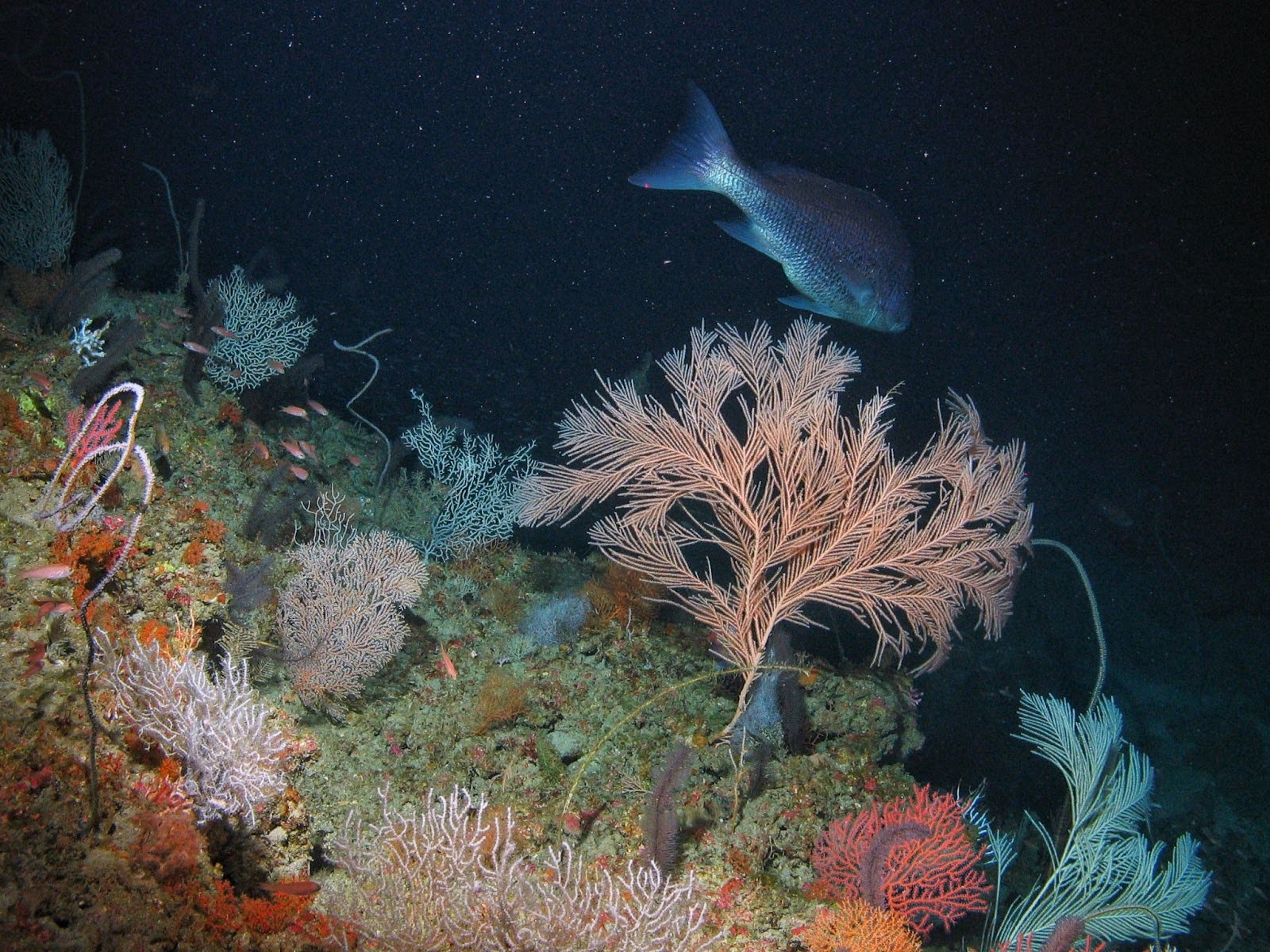A new study sheds light on the physical connectivity between mesophotic coral ecosystems in the northern Gulf of America, revealing key insights into how ocean currents influence the movement of larvae and other materials between reefs. The findings highlight the role of small-scale ocean circulation patterns in shaping connectivity and offer valuable information for marine protected area (MPA) planning and coral reef conservation efforts.
Mesophotic coral ecosystems, found at depths between 30–40 and over 150 meters, serve as important habitats for marine biodiversity, providing shelter and food sources for commercially significant fish species, including red, gray, and vermilion snapper, black sea bass, scamp, gag, and red porgy. Understanding how these deeper reefs are connected is crucial for assessing their resilience and role in supporting shallow reef systems. The study focused on two key reef areas: the Flower Garden Banks National Marine Sanctuary (FGBNMS) off the coasts of Texas and Louisiana, and the Pinnacles Trend, located to the east of the Mississippi Delta.

Using high-resolution ocean models and particle-tracking simulations, researchers evaluated the movement of neutrally-buoyant particles to estimate connectivity potential over two years. The study revealed that, despite their relative proximity, connectivity between mesophotic depths at Pinnacles Trend and FGBNMS is low, with connectivity occurring rarely and mostly in the late fall and winter. Connectivity within the Pinnacles Trend reefs was found to be stronger, with material frequently exchanged between reefs, while connectivity among reefs in the FGBNMS is lower.
One of the most significant findings was the impact of small-scale ocean processes, known as submesoscale circulations, on connectivity. These kilometer-scale features, including eddies (circular movements of water) and fronts (a boundary between two different water masses that have a different temperature, salinity or nutrient concentration), strongly influence particle movement and dispersal distances. The study demonstrated that without high-resolution models capable of capturing these fine-scale ocean dynamics, connectivity estimates could be significantly misrepresented. In summer, when ocean currents are weaker, submesoscale features play an especially critical role in amplifying transport pathways.
By identifying the key drivers of reef connectivity, this research provides valuable guidance for marine mapping and planning. Conservation strategies, including MPA design and coral restoration efforts, can benefit from a more detailed understanding of how physical transport processes influence ecosystem linkages.
This work is part of the Regional Ecosystem Prediction Program and funded by NCCOS and the Office of Ocean Exploration and Research in collaboration with the Office of National Marine Sanctuaries and the National Marine Fisheries Service’s Southeast Regional Office. The overarching project is investigating population connectivity for key coral, sponge, and fish species between shallow and mesophotic reefs of FGBNMS to better understand how populations are connected to help managers develop marine protected areas that are effective and benefit present and future generations.
This work is authorized by the National Marine Sanctuaries Act, 16 USC § 1440(b) which directs the Secretary of Commerce to conduct cooperative and coordinated conservation and management of National Marine Sanctuary areas.
